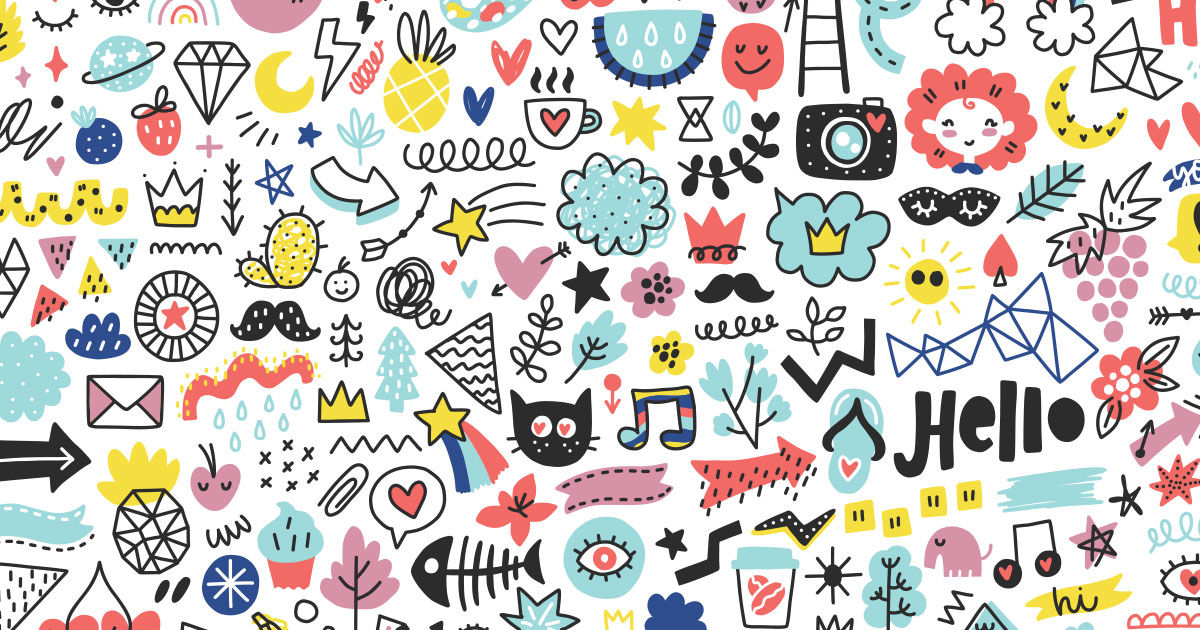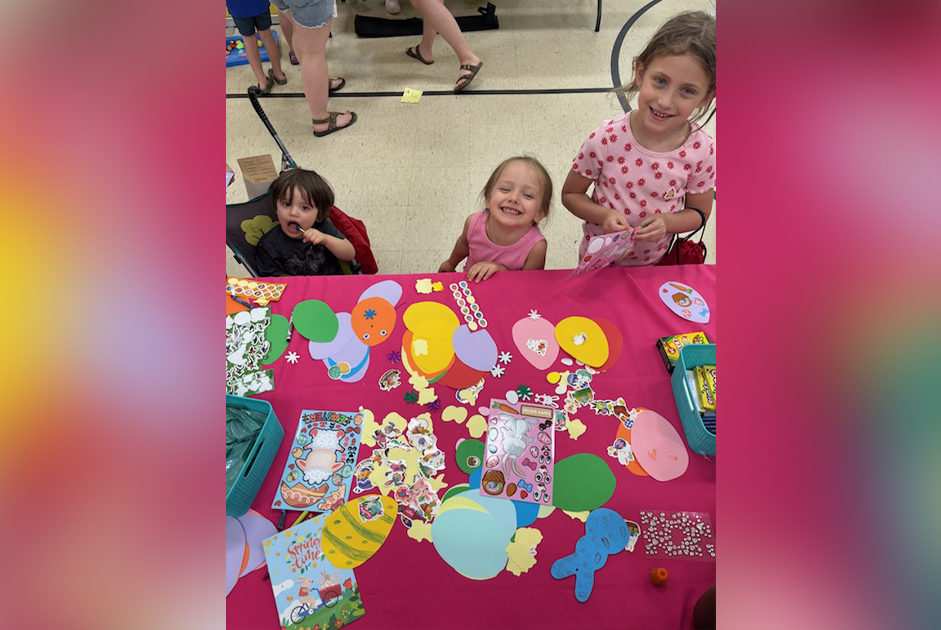Accompanied by a notebook and pen, the idea of a lengthy meeting results in the act of engaging in a relatively obscure activity: drawing a series of circles. In hopes no one observes the behavior, doodles appear in, perhaps, the left-hand margin where a hand can quickly conceal if noticed. Schooled to learn random drawings are a means of distraction, science and research both confirm there are cognitive benefits to those informal, freehand scribbles. As a means to communicate, the illustrations improve memory by linking a visual representation to ideas. No matter how you feel about your hidden love for drawing, get ready, because September 20this National Doodle Day! The moment to celebrate your expressive nature!
The Hardwired Human Brain
From the graphic images chiseled on walls to the moment an infant’s crayon makes contact on paper, the need to draw occurs well before verbal language. It is a form of rationalizing. The doodle explains complex theories and equations, business plans and strategies, and aids in visual communication. Art is the nonverbal form of bridging understanding for all.
Science Explains
The act of drawing is synonymous to the same pleasure one finds in eating chocolate, laughing, or dancing. Through scans of the brain, blood flow increases to the area of the prefrontal cortex, which stimulates the reward circuit of inherent pleasure. Doodling, as a result, provides a balance to maintain listening rather than slipping into a daydream. The brain uses the distraction to absorb information. Tests reveal that doodlers retain 30% more information than those who only sit and listen.
Boosting Memory
Think of all the strategies you use to retain a list of words. Acronyms such as PEMDAS (“please, excuse, my, dear, aunt, sally”) helped you to recall the order of operations within a mathematical expression. Music, often, helps our brain follow beats and rhythms to remember simplistic to complex lyrics. For dementia patients and others who find recall challenging, using drawings to promote remembering is a useful tool. Based on a study through seven-different “free recall” experiments with willing participants, two groups spent 40 seconds, either writing a word repetitively in hopes of establishing retention or doodling. After a break, participants had to recall the words. Regardless of the skill of each drawing, the doodlers remembered 30% more information than the group who used visual memorization.
Relaxation and Stress Relief
Two popular activities that have recently become popular are adult coloring books and painting parties led by an instructor. Whether or not there is a skill in artistic endeavors, creating and observing art reduces levels of cortisol in the body, termed the “stress hormone.” One cost-free prescription towards combating stress, anxiety, and pain is to take seven minutes and combine doodling with the sounds of uplifting music!
Interpreting Doodles
What is valuable to your conscience? It may be environmental subjects such as the sun and stars, flowers or waves, or it may be connected to emotions such as hearts or a family of stick figures. The images often represent our aspirations, needs, and especially, deep feelings. The quick sketch may suggest a motivation for what is essential at that particular moment. Similar to the study of handwriting, doodles also have an interpretation.
- Rounded shapes such as suns, hearts, eyes, clouds, and waves symbolize love and security.
- The design of a beautiful face reflects a positive outlook while unattractive features lean toward a distrustful viewpoint.Details to the eyes suggest the need for attention.
- Large sketches reflect a busy life while small doodles suggest an enjoyment for privacy.
- One object surrounded by a scene represents beloved items.
- Balance in sizes and shapes may reflect balance in life and relationships.
- Positioning is important, too! Top of page: dreams and aspirations, bottom suggests security and material possessions. Left side emphasizes family and the past, and the right indicates the future or the outside world.
- And, a paper with heavy shading or crisscrosses is a sign of depression or worry.
Filing Doodles
The human mind is, in essence, a natural computer designed to process information. Regardless of talent, the quick, unskilled, drawings spark mental energy, promote higher-level thinking, boost creativity, and assist comprehension. Be proud of your sketches. Rather than the millions of torn sheets of paper or Post-Its, a smart notebook called the Rocketbook offers doodlers the ideal gift – the ability to save to a file or email!



















